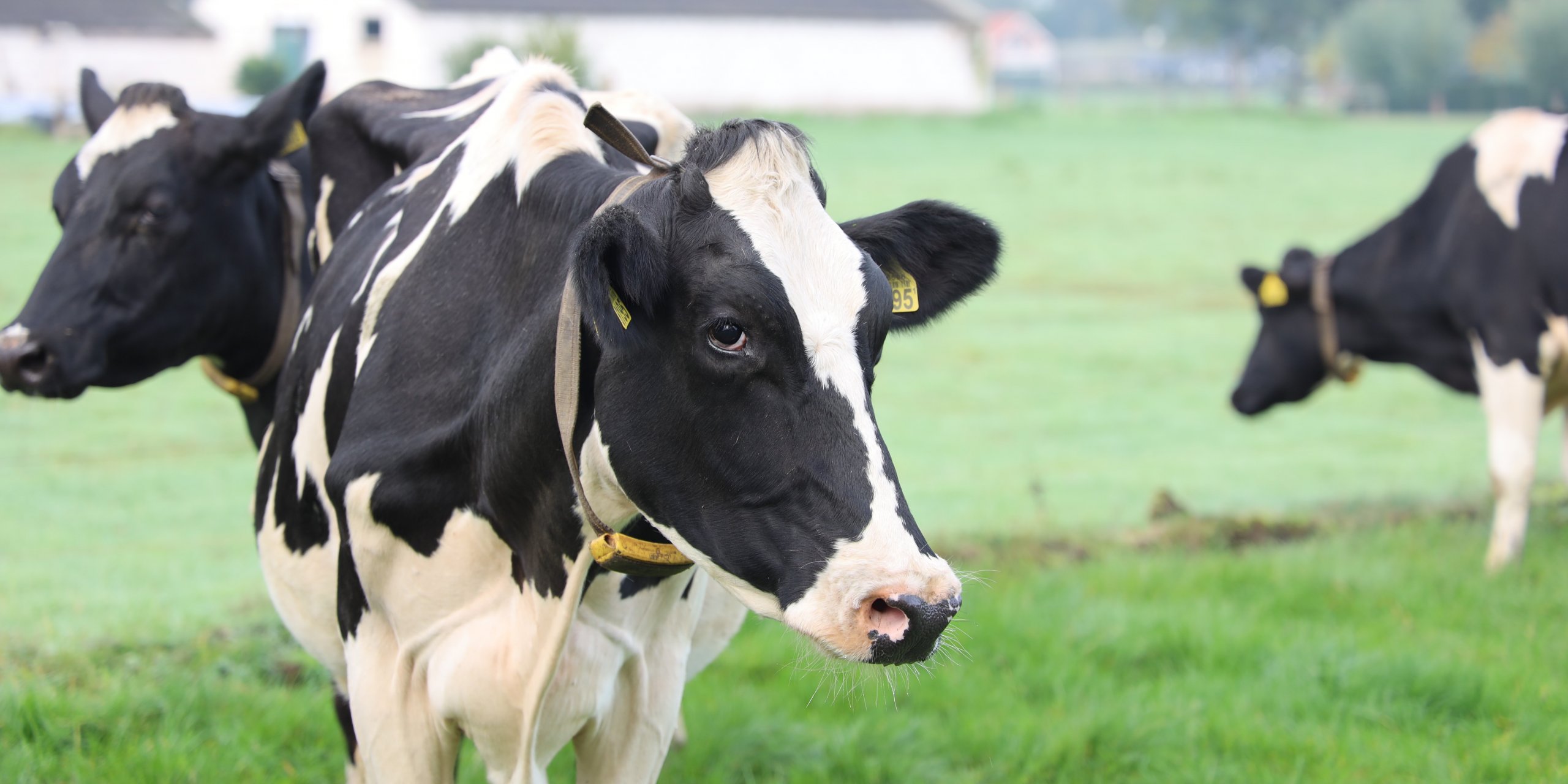
In light of the United Nations Food Systems Summit held today, which aims to realize healthier, more sustainable, and more equitable food systems, there is now an urgency to build innovative food production techniques if humanity intends to achieve more resilient food systems. We spoke with Dr. Jamie Hinks, Principal Research Fellow at the Singapore Centre for Environmental Life Sciences Engineering (SCELSE), about his current research using high pressure biological systems to produce high quality single-cell protein from methane.
Dr. Hinks, how would you explain your research on food made from methane to a non-specialist?
The best way to begin to understand this technology is to view food and fuel as somewhat interchangeable. Fuel is material that contains energy that can be used to do useful work, whether that be in a machine or in an organism. The fuel humans consume, and which we call food, is of biological origin and, in simplistic terms, is made up of either plant or animal biomass. This biomass accumulates as organisms feed and grow. Some of this is very tasty, like mushrooms for instance.
Now, from a microbe’s point of view, anything that contains energy is a potential source of food. Single cell organisms consume an array of energy sources including ones that are not of biological origin and which may seem unusual to humans. For example, microbes can eat metals and waste chemicals such as solvents. In the case of food from methane, methane is used to feed bacteria. Methane can be produced biologically or by geological processes. So, some bacteria specialize in consuming methane and, as they grow, their biomass becomes a good source of edible protein. These bacteria are called methanotrophs which means “methane eaters”.
The specific scientific process is called methane oxidation by methanotrophic bacteria. Methanotrophy occurs naturally in environments where methane is present, such as in rice paddies or hydrocarbon seeps. Growing methanotrophs in methane enriched conditions in a bioreactor allows the process to be exploited for protein generation. Methane can be a by-product of wastewater treatment or petroleum production. The process I’m currently researching and that I will develop will apply high pressure to increase the solubility of methane and hence make it easier and more efficient to grow methanotrophs with a smaller footprint.
Why is it particularly important to investigate this process today? In your case, could you give some insight as to why it is interesting for countries like Singapore?
Well, sustainable food production is a big-ticket item today and we must consider all options to meet the growing demand for food, which is slated for a 60% increase by 2050. The Singapore government has committed to meeting 30% of its nutritional needs by 2030 in its “30 by 30” food security goal. Singapore lacks substantial land resources for traditional agriculture, so high-density protein production processes will need to feature in Singapore’s future food-security landscape. Even though the Singapore government announced this decision prior to COVID-19, the pandemic has reinforced the idea of food security for the mainstream.
There were very few shortages in Singapore – the only shortages I noticed was a dearth of tinned tomatoes for a short while and my drum amp has not yet been delivered! These are just minor inconveniences. However, the specter of food shortages did not sit well with the average Singaporean, hence future proofing food supplies is a smart move.
How does this source of protein compare to traditional livestock feed? And could you tell us how this process might be used as part of an innovative solution for food consumption in humans?
It compares well to traditional livestock feed. On my end, I intend to develop a unique and improved process which is tailored to Singapore’s needs. Now, I originally intend to develop this process for animal feed. You know, there is still a big social barrier to overcome before people will eat bacterial protein, and some technical issues to iron out, such as nucleic acid levels. So, one step at a time. There is lots of cool science to do in the meantime. I believe there are some special aspects of high-pressure metabolism that will bring unique benefits to the end product, which will have health and prebiotic qualities. I will keep these close to my chest for now.
The ISC-IIASA Resilient Food Systems report finds that “feeding a growing and more affluent population will require increases in crop and livestock productivity and diversity” and that “innovation focused on opening up new and alternative food sources needs to be maintained and accelerated”, which would fall in line with new techniques such as food from methane.
But can we assume that this food from methane process would really increase food systems’ resilience considering that it can also reinforce our dependency on natural gas? Also, if this process is widened, it could significantly reduce demand for land to grow food for livestock, but wouldn’t it also considerably increase emissions of carbon dioxide?
Great questions. To your first one, as I mentioned, I initially suggest using methane from renewable resources whereby the methane is of biogenic origin and is made by methanogenic single celled organisms called Archaea. And even here, where there is no better use for it such as generating heat or electricity. Although non-biogenic methane waste streams are compatible, I don’t foresee this type of food production as being a driver of petrochemical production or utilization.
To your second question, according to the Intergovernmental Panel on Climate Change (IPCC), the radiative forcing capacity of methane is up to 86 times higher than for carbon dioxide. So, converting methane to carbon dioxide is a better prospect for our climate. I propose using waste streams which is a sensible use of our resources, and methane of biogenic origin is a renewable resource.
The United Nations Food Systems Summit is aiming at healthier, more sustainable, and more equitable food systems, so do we believe the “pros outweigh the cons” for this method, and therefore could, among other innovative techniques, help to achieve the Sustainable Development Goals?
Absolutely, it’s a no brainer. Gaseous waste streams are a great way to make protein as they are easy to control, are relatively homogenous, and easy to sterilize. Not to mention that these processes are very high density. For example, the production densities you can generate with methanogenic conversion are 4kg m3 h-1. That’s 4 kilograms of biomass in one cubic meter every hour! To put this into perspective, the IBC tanks (intermediate bulk containers) that you may have seen lying about industrial sites are about one cubic meter. That is the equivalent of one cow, or half a ton of biomass, in approximately five days! To raise cattle, it takes around 18 months and requires about an acre of land. These are just numbers that make the study worthwhile. But add to this a host of environmental benefits along with the fact that it is an ethical protein source, I think it makes for a very compelling technology.
As a scientist, what do you want policymakers to understand to make our food systems more resilient?
I’d like policymakers to understand that we need to act quickly to enable a transition to more resilient food systems. We need to overcome many cultural barriers to achieve improved food production systems. Policy needs to be flexible and supportive, and priority funds for cutting edge research need to be made available, preferably in a way that supports junior and mid-career researchers more effectively.

Dr. Jamie Hinks
Dr. Jamie Hinks is a Principal Research Fellow at the Singapore Centre for Environmental Life Sciences Engineering (SCELSE), funded by the Singapore government (the National Research Foundation, the Ministry of Education, the Nanyang Technological University, and the National University of Singapore). He previously held the position of Senior Research Fellow at SCELSE. Prior to that, Dr. Hinks was a Research Fellow at the Nanyang Technological University in Singapore.
Image by Megumi Nachev on Unsplash